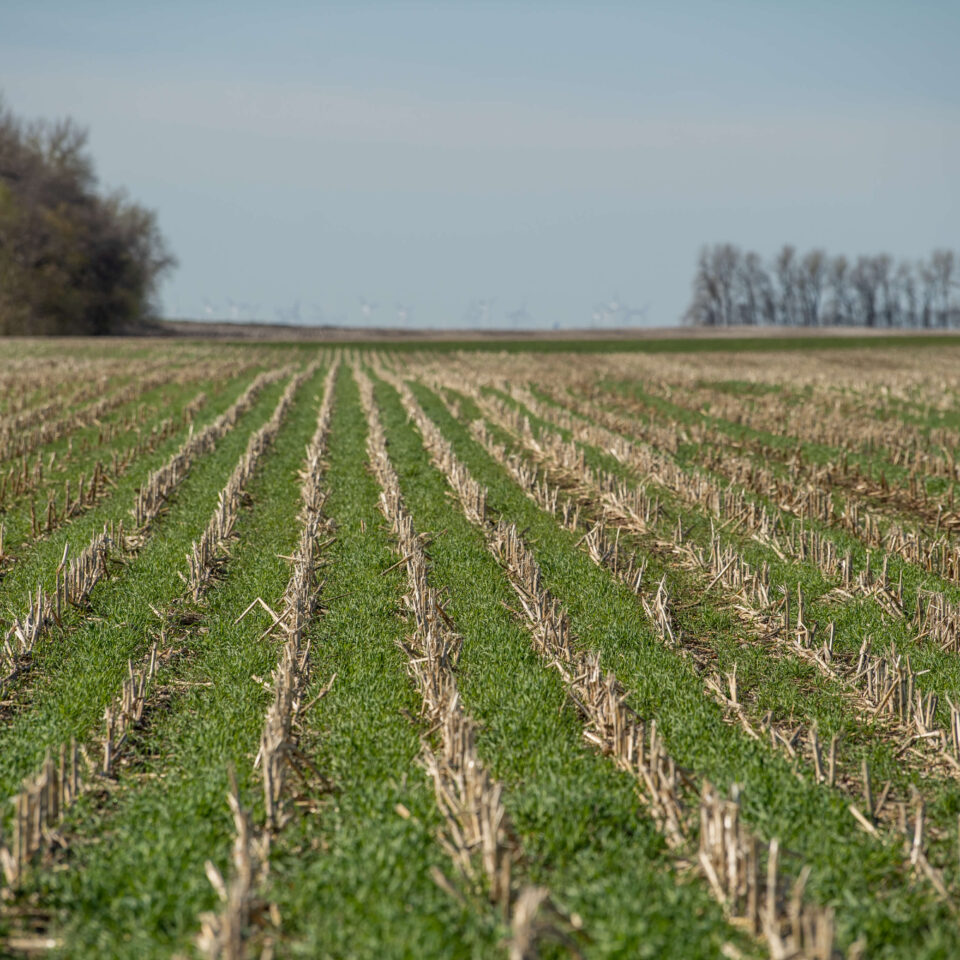
While cover crops alone can’t work magic, they can be part of a program to address issues like:
- Compaction or plow pan
- Wind and water erosion
- Nitrogen loss
- Poor soil structure
- Poor organic matter
- Weed control
Following wheat harvest is the easiest way to get started with cover crops, and there are a number of different ways to go about implementing your cover crop plan.
Here is a list of important things to remember:
Have a goal
- Are you looking for erosion control, nitrogen production, or compaction remediation?
- Plowdown or livestock grazing?
Have a plan for establishment and termination
- Drill or broadcast?
- Do you want an overwintering crop or one that winterkills?
- Is the species you use hard to kill or simple burndown
Know your cover crop species
- You aren’t looking for weed problems next season if the covers go to seed
- Some are easier to get established than others
- Some are easier to control than others
Start simple
- Oats and radish are easy to establish and winterkill
- Sunflowers can add some nice roots and look pretty
- Get comfortable with covers before trying something extravagant and being disappointed if it doesn’t work out immediately
A great resource to get started on your journey is with the Cover Crop Decision Tool.